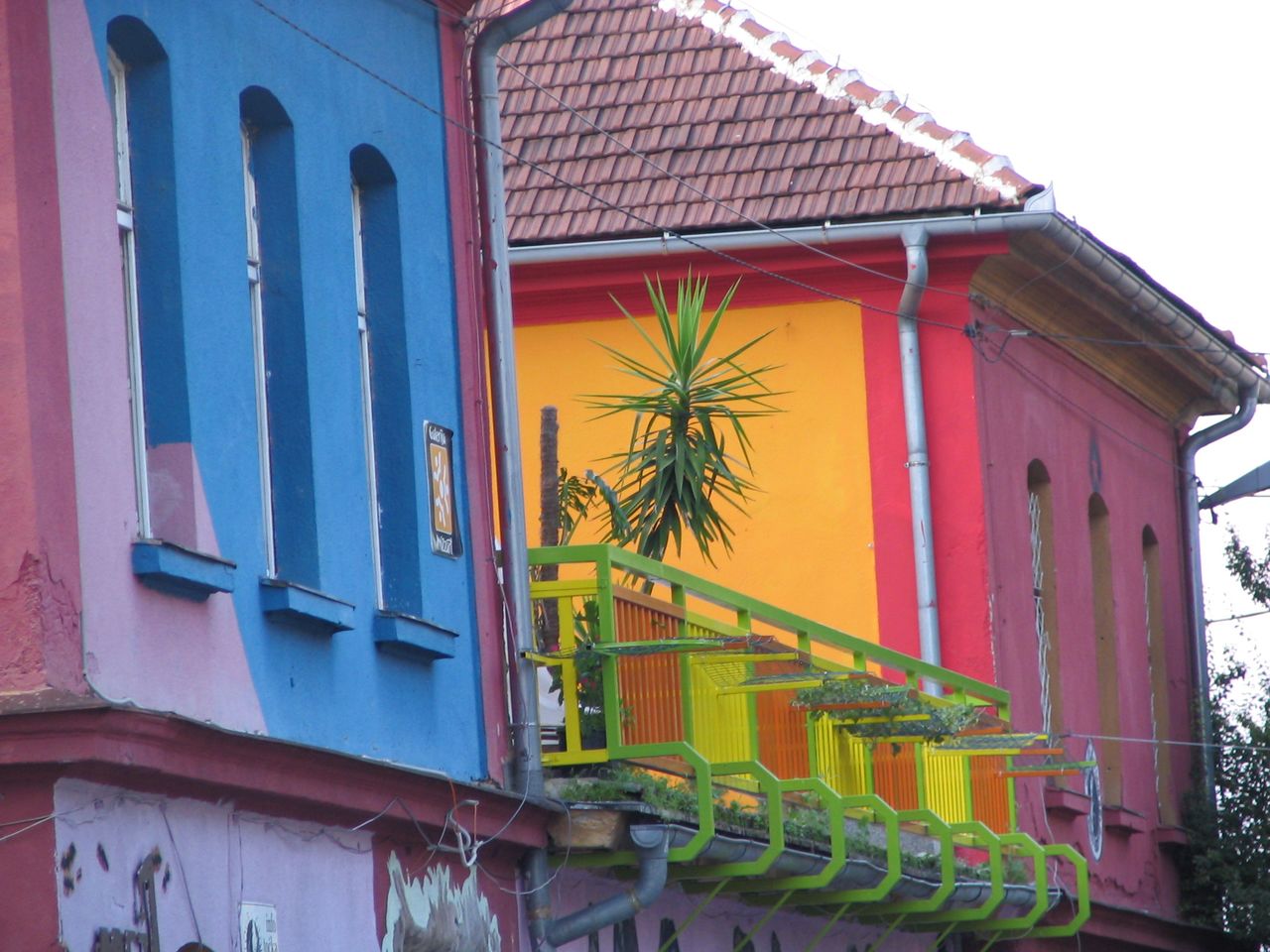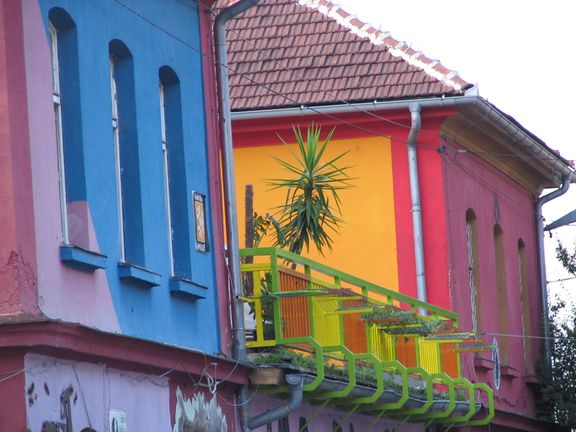Alternative – Touristic – Professional
As the 2020 pandemic gradually started to close the doors of Slovenia's cultural institutions, outdoor cultural tours became distinctly more valuable and, at times, the only possibility to hold a guided tour. Besides presenting the typical selection, this series intends to pick up the ones that enable us to (individually or while physically distancing, if necessary) stretch our legs while getting to see Slovenia's past and present heritage, the country's architecture and landscapes through a well-conceived overall (urban) design, tiny graphic elements, social and artistic interventions, or simply: stories.
Creative tourism through alternative tours
As a part of the impressive programme of the collective House! Society for People and Spaces, their office Rajzefiber biro (a Slovenised way of writing the German Reisefeber – "travel fever") offers colourful and rather witty city walks in Maribor, tailored to individual needs and wishes. Some of the stories that might persuade you to discover hidden parts of the city with its locals and other co-hosts are tours such as The Children of Socialism; Three Cemeteries, Three Stories; Stories of Benches and People.
Rajzefiber began as a nanotourist prototype of the 24th Biennial of Design, but is nowadays an independent progressive office, coordinating the local Festival of Walks while striving to implement creative and sustainable solutions for the city and its inhabitants.
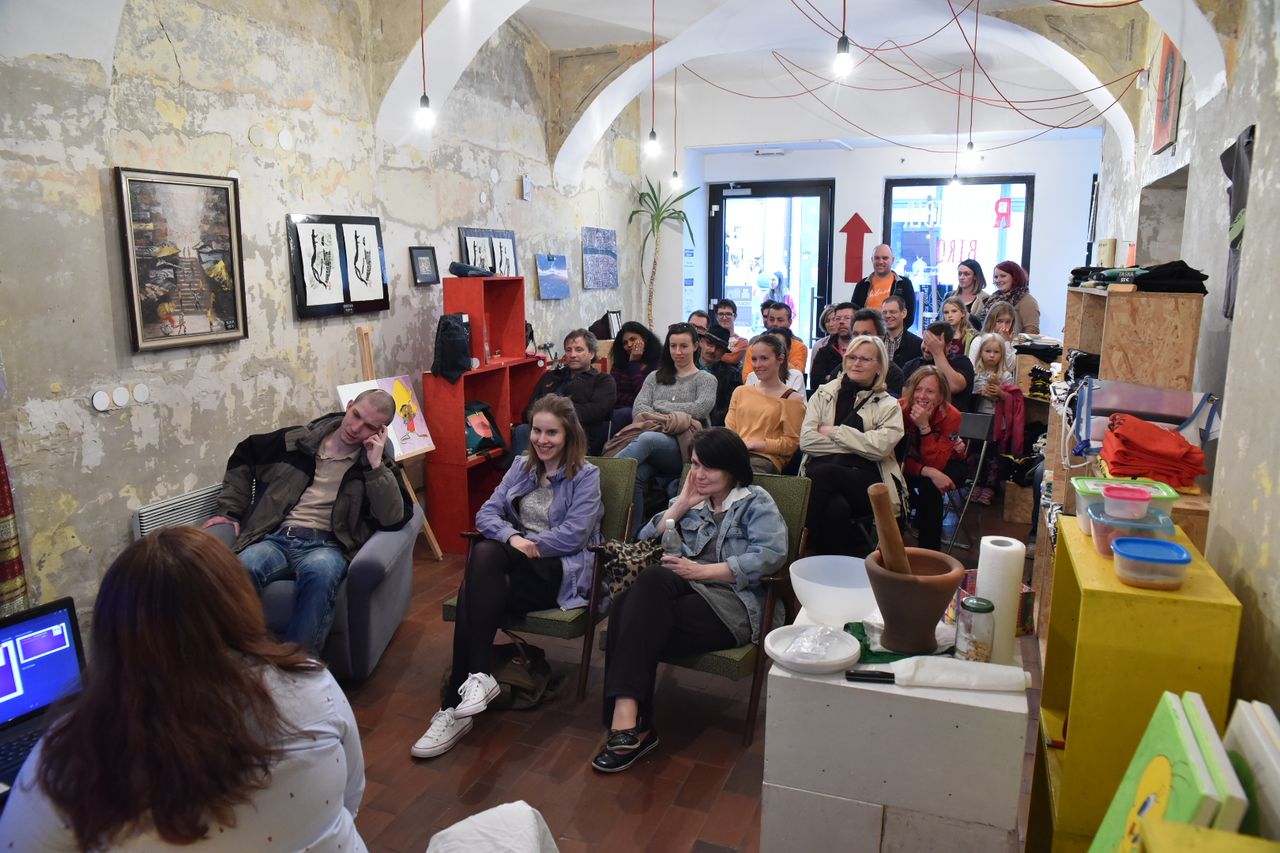
Another alternative tourist option in Maribor, City Footprints by MISC Infopeka - Youth Information and Counselling Centre, Pekarna focuses on youth. They provide critical and insightful urban walks, revealing unknown stories and spots, aimed mostly at young travellers. Their themed walks are related to a specific topic such as protesting or festive Maribor and are intended to encourage citizens to join the tour and share their views; an expert from the relevant field usually accompanies those. The initiative City Footprints is mostly managed by young local volunteers, who have additionally set up a Youth City Guide.
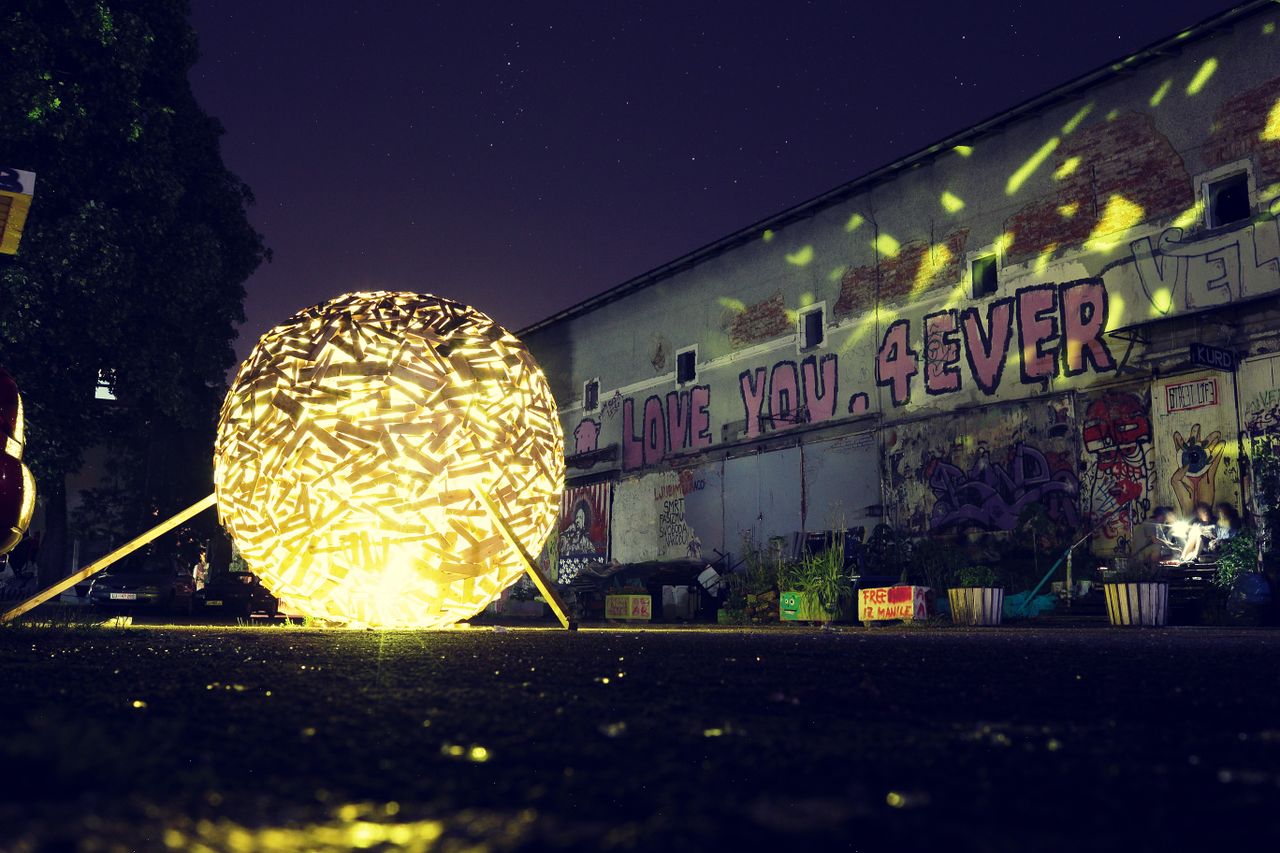
Alternative Ljubljana brings various walking and cycling tours to people who are eager to explore uncommon treasures and discover new insights – these are also valuable for locals. Starting with the free Ljubljana Graffiti Tour and the Ljubljana LGBT Tour, both led by professionals from the field and exposing political realities then and now, the activities have shifted with the changes of the organisational team and now offer also individual Wicked/Deadly/Rebellious Tours on foot or by bike and possible engagement through workshops afterwards. The Street Art Workshops take place at Gala Hala venue at Metelkova mesto Autonomous Cultural Centre.
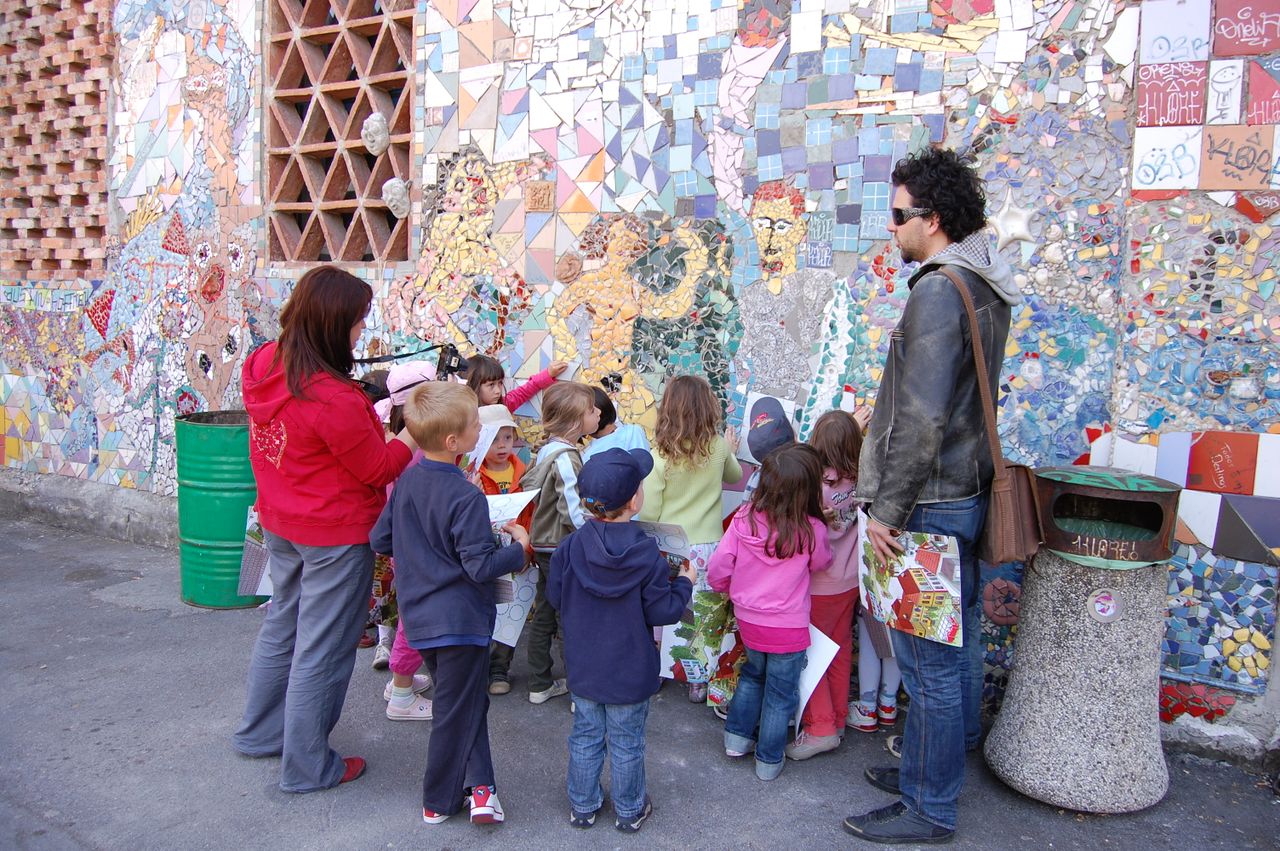
Since 2019, the group runs the Ljubljana Street Art Festival, presenting various events from panel discussions, exhibitions, screenings, to workshops, walks and live-paintings all around the city.
The cultural tourism project Ptich (a wordplay on the Slovenian word ptič, meaning "bird", and a misspelling of the word "pitch") offers a wide scope of Music Trips all over the country and Ljubljana Urban Tours in the capital. The latter tours are an upgraded version of the above-mentioned Alternative Ljubljana since the same team initiated and now operates within the Urbana Vrana Institute. Alongside creating memorable music trips and providing alternative tourist offers via bicycle tours and city walks, Ptich co-produces the project GraFEM, produced by RogLab. GraFEM aims to empower and promote female graffiti and street artists and the street art culture as such.
The group also organises Music Trips, one of the projects funded by the Centre for Creativity, resulting in dynamic musical journeys led by experts in cultural heritage and spiced with authentic live or recorded sounds. These customised trips are available to four regions in Slovenia: Piran, Istria and the Slovenian Coast, Soča and Idrija, Bled and the Alps, Mura and Prekmurje.
The Moustache Tour is a trendily-packed sightseeing cycling tour of Ljubljana, organised by the Ljubljana Tourist Board. It guides you through the lives of three great moustached men who left behind a remarkable legacy for Ljubljana and Slovenia: the architect Jože Plečnik, the painter Rihard Jakopič and the writer Ivan Cankar.
 The renovated complex of the Plečnik House in 2015.
To really get a feeling for Jože Plečnik's life and work, a visit to Plečnik House is a must. Photo: Andrej Peunik, 2015.
The renovated complex of the Plečnik House in 2015.
To really get a feeling for Jože Plečnik's life and work, a visit to Plečnik House is a must. Photo: Andrej Peunik, 2015.
The sights of cultural importance include a visit to the visionary room of Jože Plečnik, who lived and designed his masterpieces in his home in Trnovo from 1921 till his death in 1957. Plečnik House is now a museum with a permanent exhibition about Plečnik's life and work, hosting temporary exhibitions and events. A stop at the outdoor theatre Križanke reveals another of Plečnik's works, proclaimed a cultural monument of national importance and one of the greatest outdoor venues, run by Ljubljana Festival.
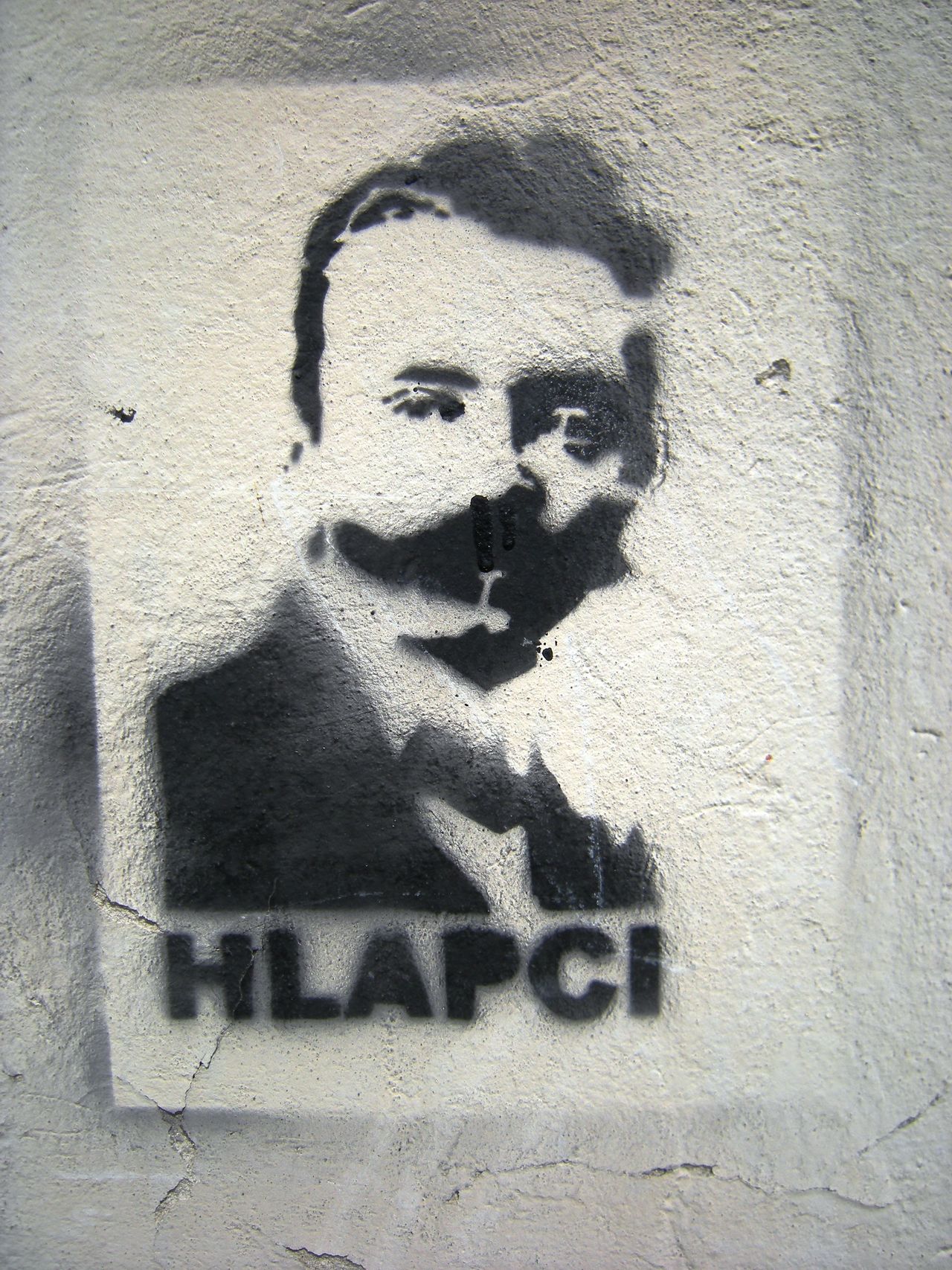 Stencil of Slovene writer Ivan Cankar in Celje
A stencil of writer Ivan Cankar, 2011.
Stencil of Slovene writer Ivan Cankar in Celje
A stencil of writer Ivan Cankar, 2011.
On Rožnik Hill above Tivoli Park, you can visit Cankar's original room, now set up as the Memorial Room of Writer Ivan Cankar. In the yard, stands his bust, erected in 1948, upon the 30th anniversary of his death. One of the hilltops in the park is named Cankar's Peak.
The tour includes a visit to the National Gallery of Slovenia, which exhibits most of Rihard Jakopič's works – he was also one of the initiators and a founding member of the National Gallery Society. The end of this experience is celebrated at the graphic studio of International Centre of Graphic Arts, Ljubljana, Ljubljana, which houses a large collection of graphics and artist's books written after WWII, hosts exhibitions of contemporary graphic and visual arts and is known worldwide for organising and hosting the oldest Biennial of Graphic Arts.
 The International Centre of Graphic Arts (MGLC) is located in Tivoli Mansion, Ljubljana.
The Moustache Tour concludes at Tivoli Mansion, home of the International Centre of Graphic Arts, Ljubljana. Photo: Borut Peterlin, 2009.
The International Centre of Graphic Arts (MGLC) is located in Tivoli Mansion, Ljubljana.
The Moustache Tour concludes at Tivoli Mansion, home of the International Centre of Graphic Arts, Ljubljana. Photo: Borut Peterlin, 2009.
Honouring walkability – joining international initiatives and events
From an annual festival of free, citizen-led walking tours, Jane's Walk became a global movement that takes place annually on the first weekend in May in hundreds of cities around the world. Inspired by late sociologist, writer and activist Jane Jacobs, who believed that every citizen could contribute something to shaping and creating his or her immediate surroundings, Jane's Walks encourage people to share stories about their neighbourhoods, explore the city's less familiar parts and through personal observation and exchanging ideas connect and empower local communities. These walking conversations can also be a tool for spotting different issues or locations that need improvement or just a talk among neighbours.
In Slovenia, IPoP - Institute for Spatial Policies has been coordinating and offering support to local volunteer organisers of Jane's Walk since 2011. Four Jane's Walks were held in Ljubljana the first year; in the following years, the format spread across Slovenia and has been consistently present in approximately 20 Slovenian cities annually since 2015, with around 180 walks taking place in 40 Slovenian cities and towns through 2020.
The campaign European Mobility Week for promoting sustainable mobility is held each year between 16 and 22 September. It provides municipalities with a great opportunity to present sustainable mobility alternatives to residents and to address the challenges that cities and towns are facing while offering people a chance to experience visions of well-designed public space and different modalities of transport.
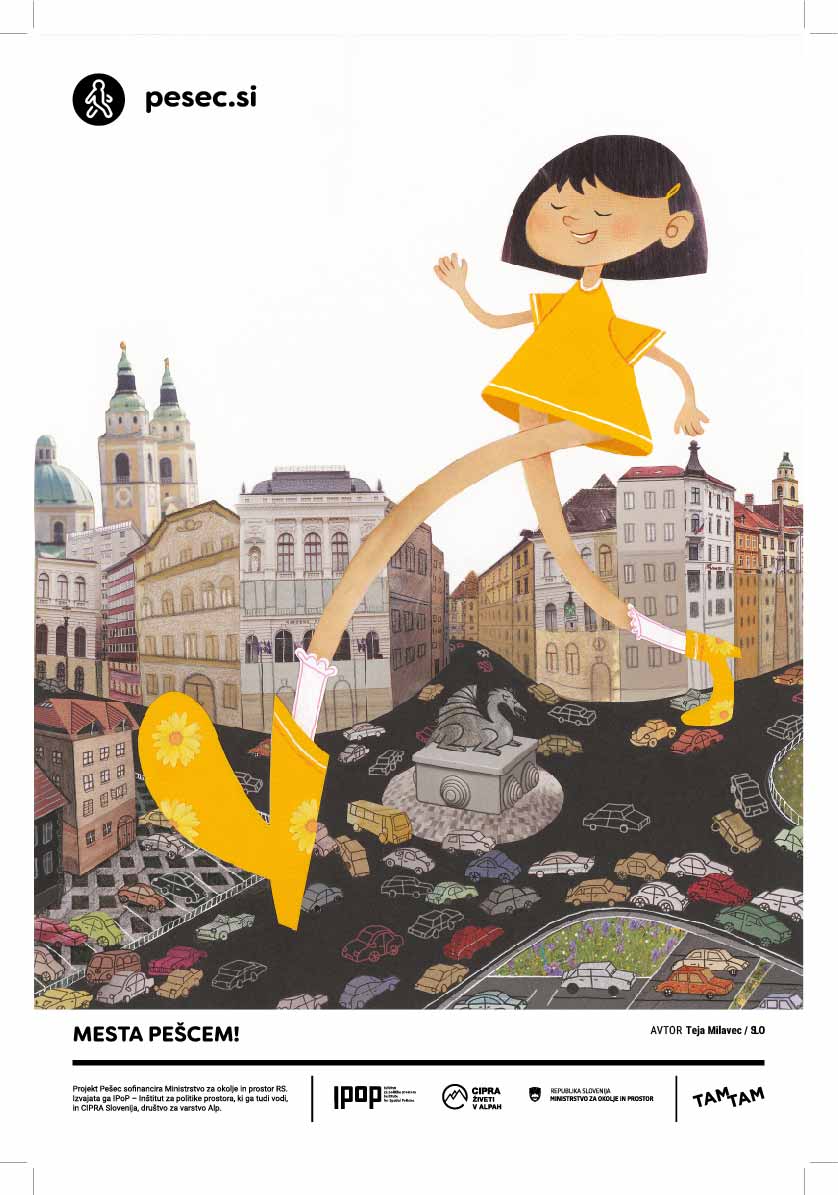 Teja Milavec's poster "These Boots are Made for Walkin" was an entry in the 2019 competition Cities for Pedestrians!. The poster was later selected to represent Ljubljana in the EU Mobility Week of the same year.
The poster "These Boots are Made for Walkin" by Teja Milavec was a finalist in the IPoP Cities for Pedestrians! competition, 2019.
Teja Milavec's poster "These Boots are Made for Walkin" was an entry in the 2019 competition Cities for Pedestrians!. The poster was later selected to represent Ljubljana in the EU Mobility Week of the same year.
The poster "These Boots are Made for Walkin" by Teja Milavec was a finalist in the IPoP Cities for Pedestrians! competition, 2019.
Since the awareness of climate issues and the intention towards a better future is raising, many cultural institutions are also joining the campaign. For the 2019 Biennial of Graphic Arts the International Centre of Graphic Arts, Ljubljana offered guidance through all the biennial's locations and venues solely by foot or a bike. In 2019, the TAM-TAM Institute in collaboration with IPoP set a pop-up exhibition of selected works of the international poster design competition Cities for Pedestrians! and with that intervention opened a new temporary venue for future outdoor exhibitions in Ljubljana city centre, a space operated by the Municipality of Ljubljana.
Initiated in 2014 by the Ministry of the Environment and Spatial Planning the national event Month of Space (Mesec prostora), previously held in the format "Week of Architecture and Space", marks both World Habitat Day (5 October) and World City Day (31 October) with a variety of exhibitions, talks and a range of guided tours all over the country throughout October.
The idea is to encourage reflection on the built space around us, exposing quality spaces, the pulse of neighbourhoods and question how houses and cities contribute to the quality of life. Some past slogans have been "Shaping the space of the future together" (2020), "Inclusive and safe space" (2018), "The green space connects" (2017).
Artistic tours and lightscapes
The Magical Misery Tour started in 2017 with an idea and a several-hour-long excursion to some art-venues and exhibitions, offering insight, a guide – and a ride. A special bus with a violinist playing as we moved took us from the city centre to the Šiška Cultural Quarter or more precisely, the Šiška Gallery Quarter.
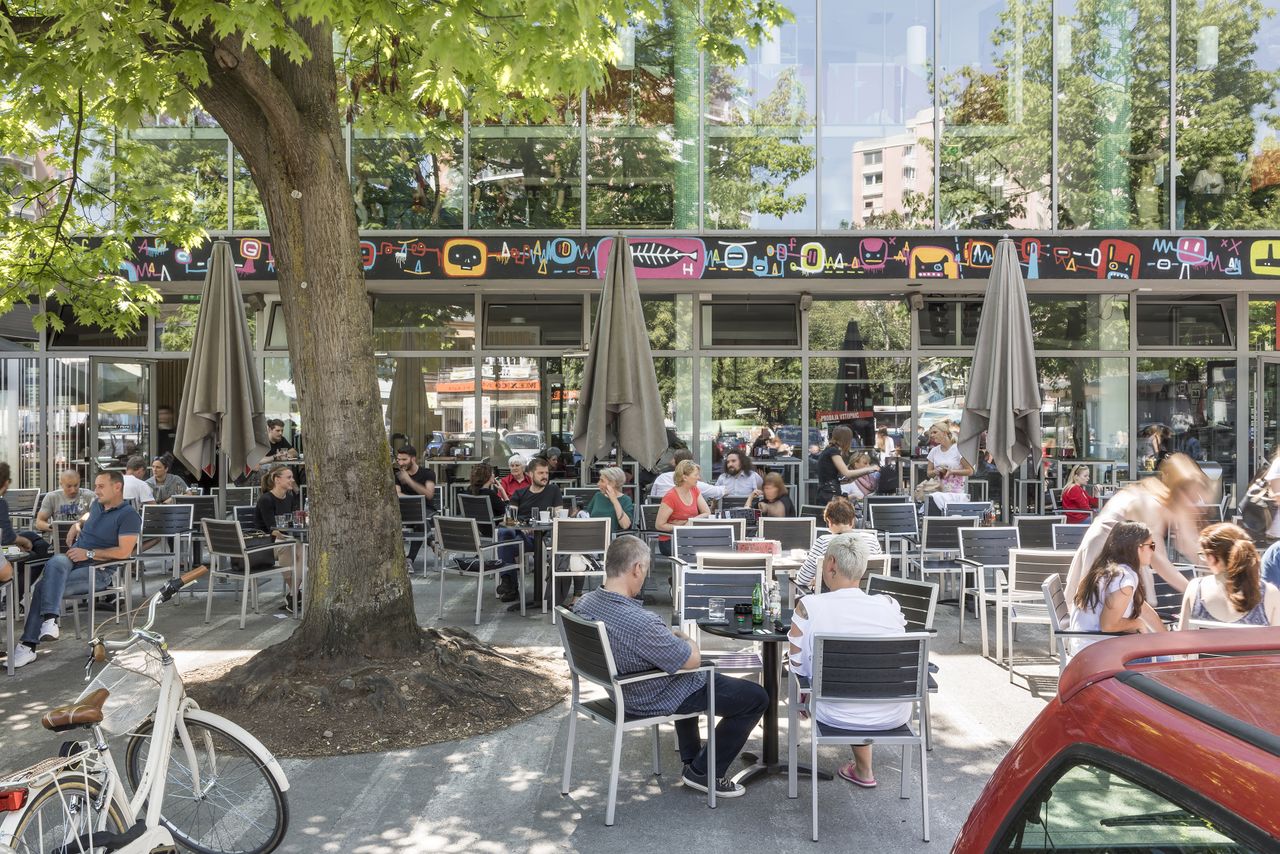 Kino Šiška has become an anchor in the Šiška Cultural Quarter , its outdoor terrace serving as a lively meeting point for the many cultural organisations in the neighbourhood.
Kino Šiška has become an anchor in the Šiška Cultural Quarter , its outdoor terrace serving as a lively meeting point for the many cultural organisations in the neighbourhood.
The tour, which is constantly expanding, is a collaborative project of the P74 Centre and Gallery, the Photon Gallery, the Vodnik Homestead Gallery, GalerijaGallery, the Universal Studio of Street Arts and Kino Šiška Centre for Urban Culture. The first edition introduced MoTA Museum of Transitory Art Lab. Aksioma Project Space and Švicarija Art Centre were part of the 2018 tour, and in 2019 the expedition started at the Galerija Fotografija. We can agree with the organisers' words that the Magical Misery Tour is truly "an urban odyssey around the city and its culture". Since the dates vary, check their websites.
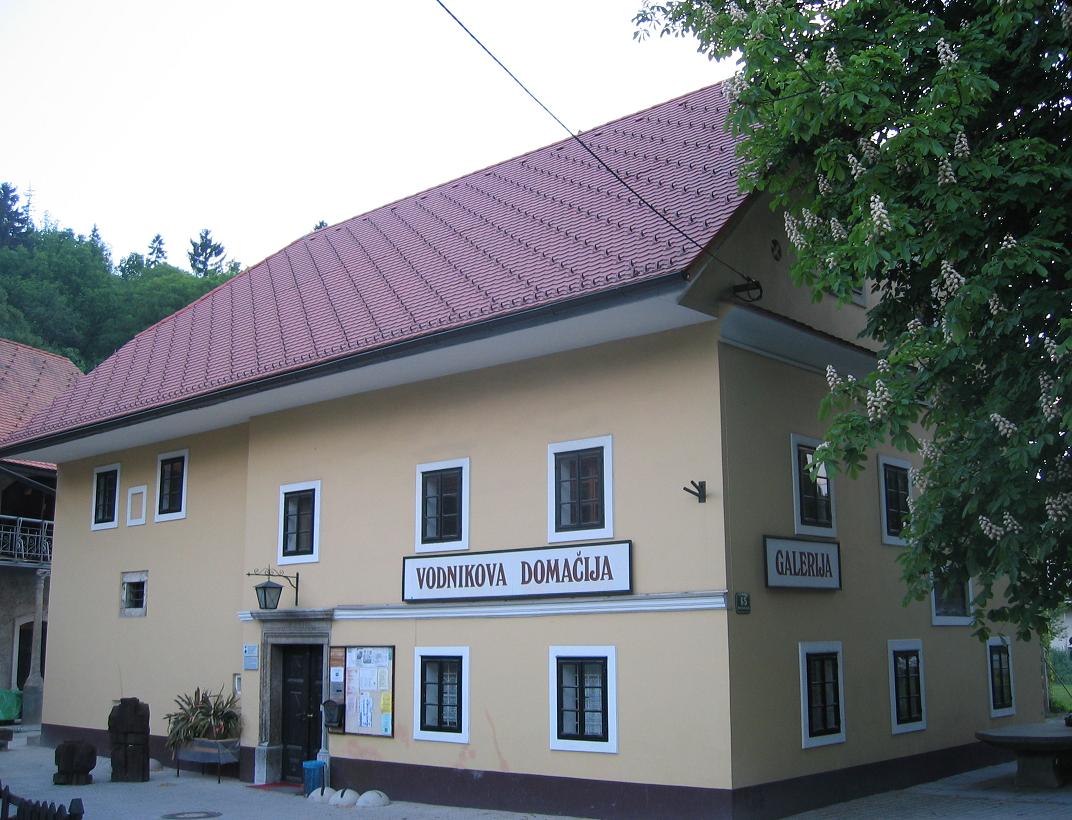
Each year in late spring, the international Lighting Guerrilla Festival illuminates Ljubljana's corners, gardens and galleries. It presents a scope of installations and performances, sculptures and other works of contemporary visual and new-media art, focusing on the medium of light, transforming the city into fairytale-like settings.
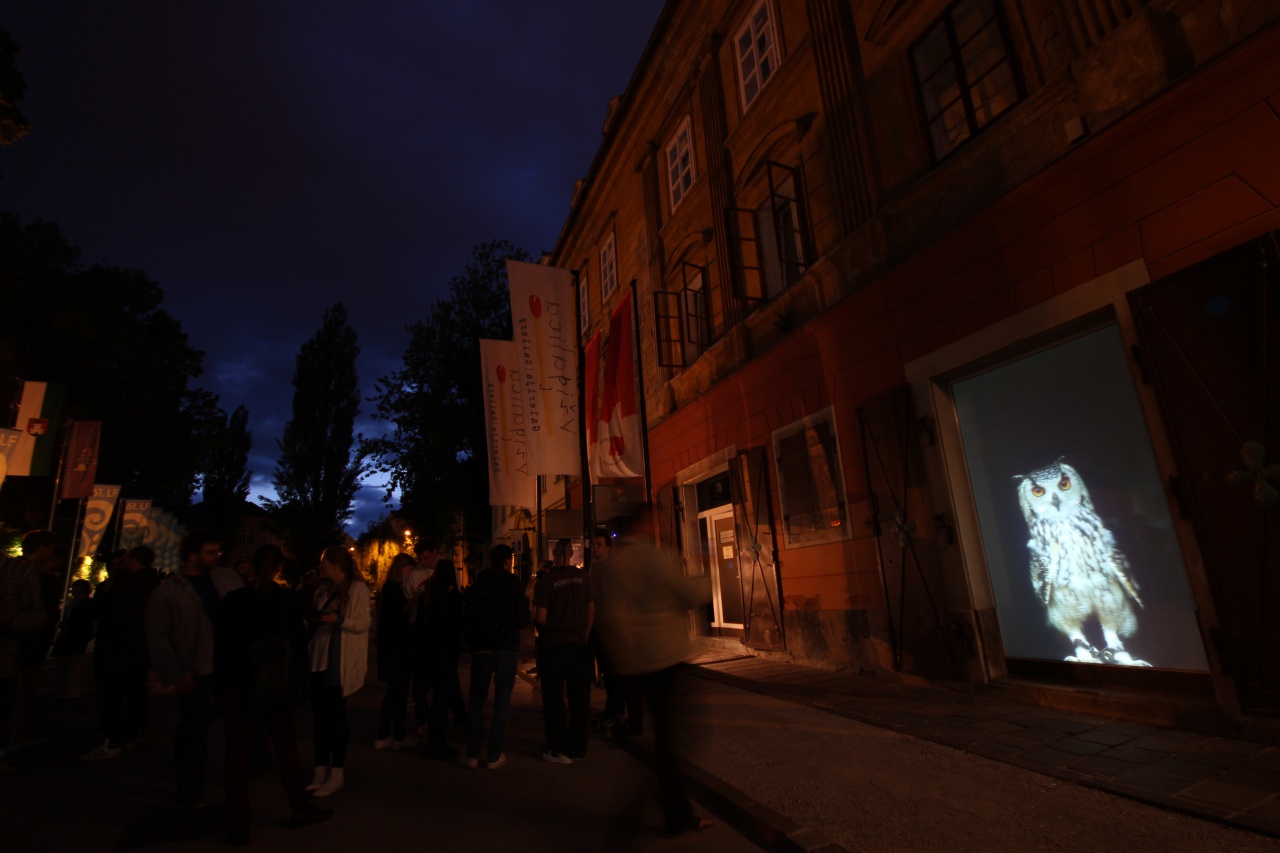
The installations are mostly condensed around the Vžigalica Gallery, some also reach as far as the Slovene Ethnographic Museum or Cirkulacija 2, or beyond the city centre to Španski borci Culture Centre or Kino Šiška, collaborating with all the mentioned and other institutions and always inviting foreign mentors, exhibitors, performers or curators. Each year comes as a wonderful surprise, so cycling tours around exhibitions and installations, scheduled a few times during the festival event, are the best way to keep track!
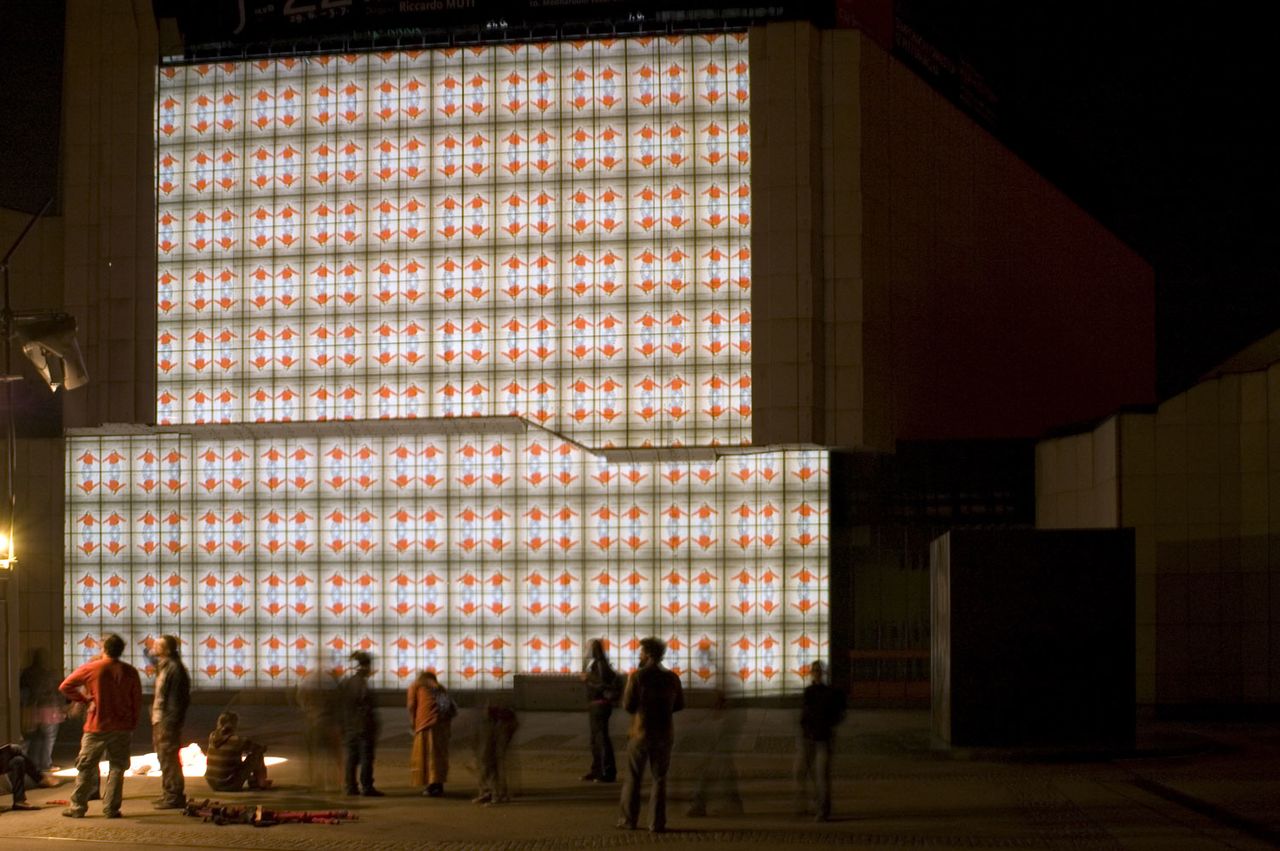 Human tiles by Ocubo projected on the facade of Cankarjev dom, Cultural and Congress Centre, Lighting Guerrilla Festival, 2010
Human tiles by Ocubo, projected onto the façade of Cankarjev dom, Cultural and Congress Centre, as part of the Lighting Guerrilla Festival, 2010. Photo: DK.
Human tiles by Ocubo projected on the facade of Cankarjev dom, Cultural and Congress Centre, Lighting Guerrilla Festival, 2010
Human tiles by Ocubo, projected onto the façade of Cankarjev dom, Cultural and Congress Centre, as part of the Lighting Guerrilla Festival, 2010. Photo: DK.
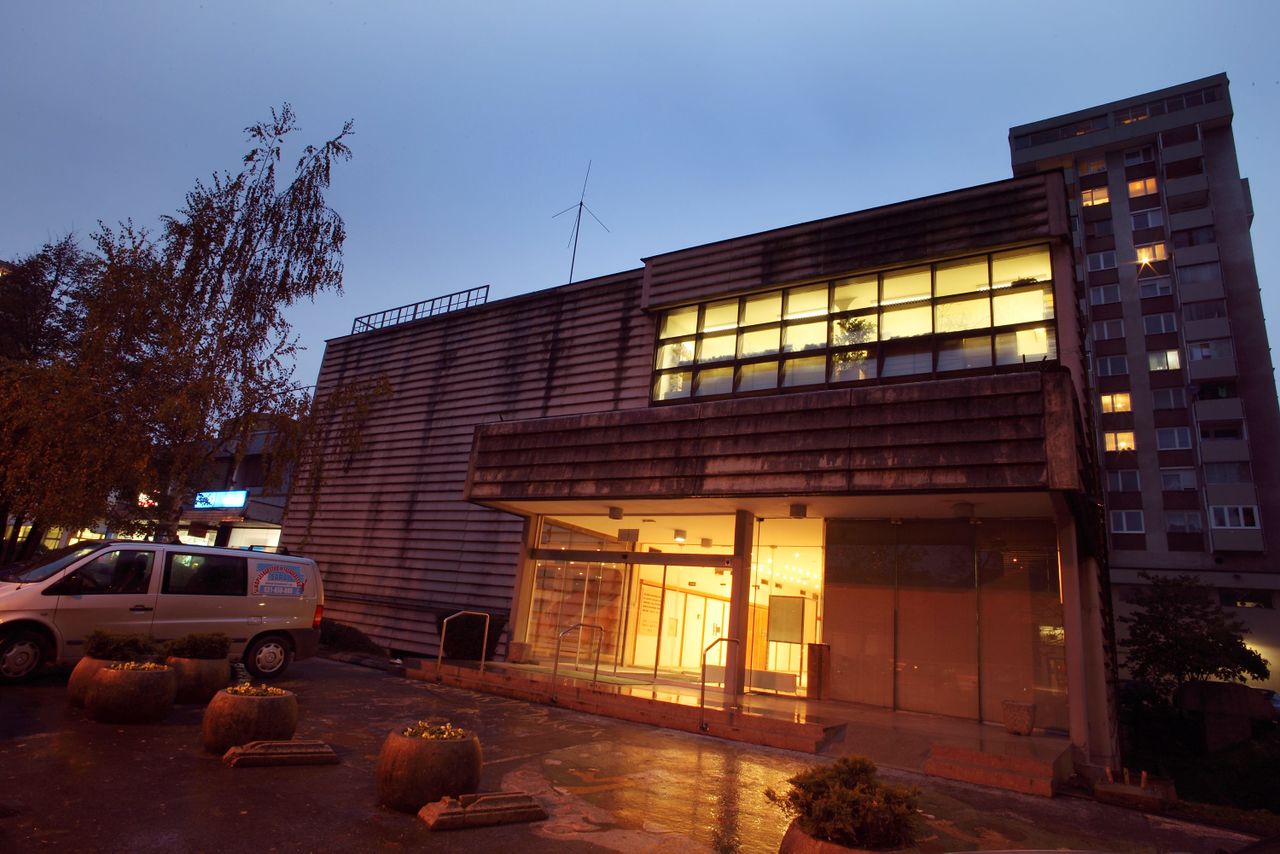
A walk of peace
The Path of Remembrance and Comradeship was created along the line and in memory of a barbed wire fence surrounding Ljubljana during World War II. Known also as the Path along the Wire, it presents a 33 km recreational trail around the city, a green facility mainly intended for walking and running. Encircling the city with an additional seven thousands of trees by its side, the path leads you up the forest Golovec, through the middle of the Žale Cemetery and via Fužine Castle, where the Museum of Architecture and Design is stationed. The author of the original design from the 1980s is architect Janez Koželj, a professor at the Faculty of Architecture, University of Ljubljana and a city architect, urbanist and deputy mayor of the Municipality of Ljubljana. A new footbridge by 3biro Architects, innovative in terms of construction and design, follows the logic of the already renovated footbridges on the path.
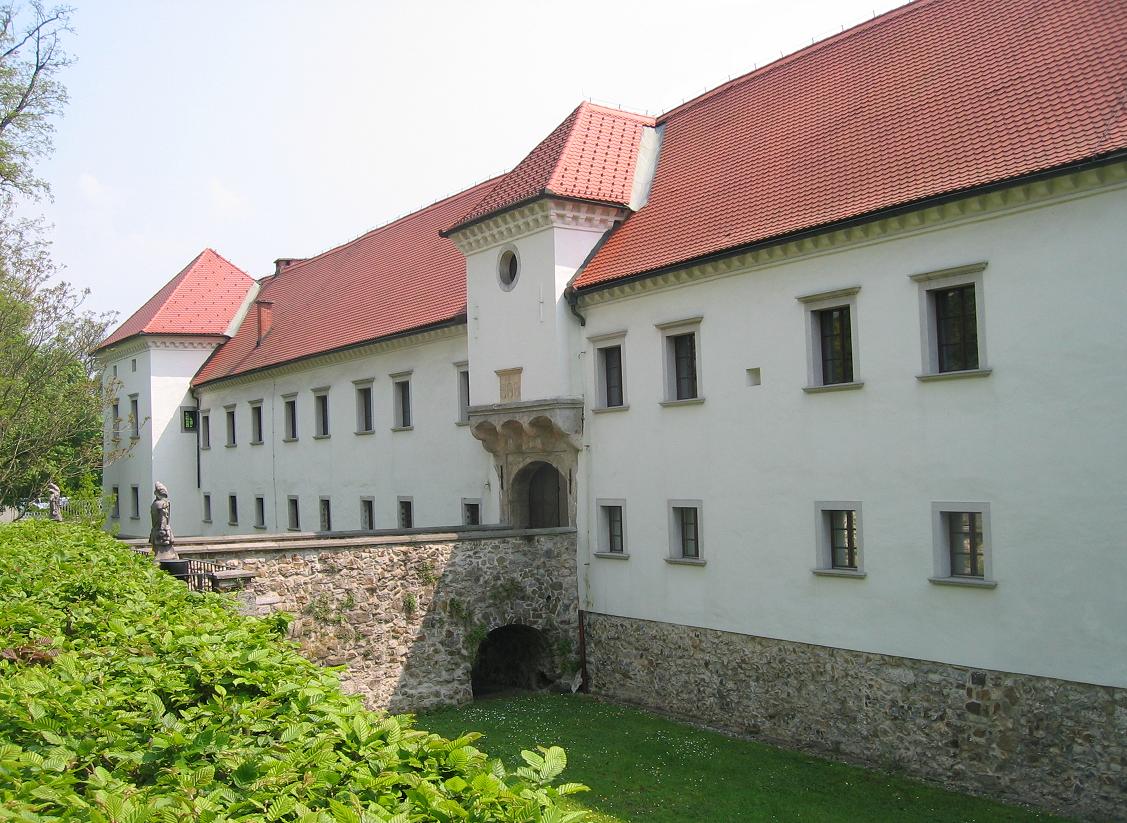
You can start the walk at any point, since there is no entry or endpoint, or walk it by sections, just follow round metal signs on the ground. If you happen to be in Ljubljana at the beginning of May, join the Walk along the Wire (Pohod – Pot ob žici), an event that takes place every year, attracting thousands of participants of all ages … celebrating victory, comradeship and peace. In 2016, the Ministry of Culture entered the walk as a new unit of Slovenia's living cultural heritage in the Register of Slovene Cultural Heritage.
Author bio
With a background in architecture and many years experience as a cultural producer and organiser for high-visible architecture and design projects, events and festivals, Tea Pristolič has been covering the field of architecture and design for Culture.si since its beginnings.



